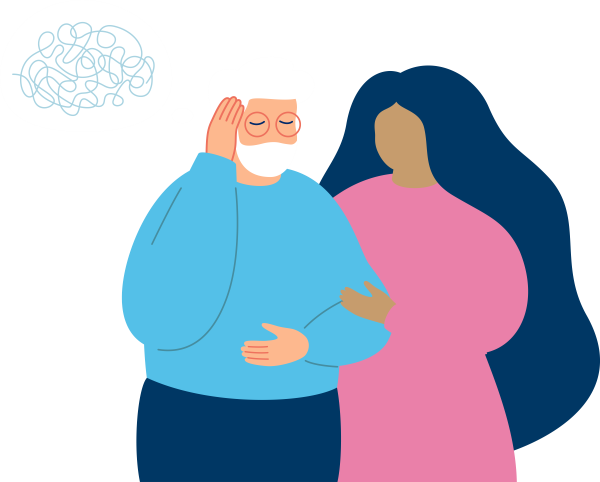
When my mum trained as a nurse, the first Sister she worked with clearly didn’t have much time for the patients. She used to complain that she’d get through the work far quicker without them, they were a terrible distraction! She also used to refer to them as, for example, ‘the hip in bay 4’. Clearly, she saw them as tasks, rather than people, and would have been far happier, and had a far better run, clean ward, without any patients cluttering the place up.
This attitude no longer exists… or is it still lurking there, ready to pop out when we are under stress?
The Mental Capacity Act puts us under an obligation to care for people in a person-centred way. Well, that’s a fine slogan, you may think. But an excellent example of working within the MCA came my way during a recent CQC inspection of a care home. It was a pretty vile morning, with cold rain lashing the windows. Breakfast was not long over, and an elderly gentleman was beginning to get very frustrated, and clearly wanted to go out, though he couldn’t find words to express this. He was muttering and grumbling to himself, clenching his fists, and pushing on the doors and even the windows. A care worker came into the room.
One possible course of action might have been: the care worker might have decided he was beginning to ‘kick off’, told him he wasn’t to behave like this, and then ‘encouraged’ him, with a firm hand under his elbow, to the lounge where she sat him down in front of Good Morning Britain on the telly. In a really poor service, she might have whisked his walking-stick away from him, while giving him a scolding.
But what actually happened was very different. The care worker grinned at him, and explained to me, ‘Jim used to be a postman, he got an award for never taking a day off for sickness, didn’t you Jim? He always goes for a good walk around the block every morning. Come on, Jim, let’s go and find a mac and wellies for you.’
Five minutes later, Jim went striding off down the path, a man with a purpose.
By knowing about his history, the care worker avoided jumping to conclusions about the way he was behaving. Because she saw Jim, not a problem, she responded in a human way to enable him to carry out his wishes. This simple little tale is a great example of the practice encouraged by the MCA.
I’ve attached a link to a short (16-minute) film, called Curmudgeons, made by Danny de Vito, with his family and friends. It does come with a bad language warning, and I’m not joking: the language is certainly extreme. So please don’t watch it if this will offend or hurt you.
The film is another great example of … all kinds of things really. It reminds us we’re all different in many ways; and that to be the victim of thoughtless cruelty and discrimination hurts us all in the same way. Best of all, (spoiler alert) it has a happy ending!






